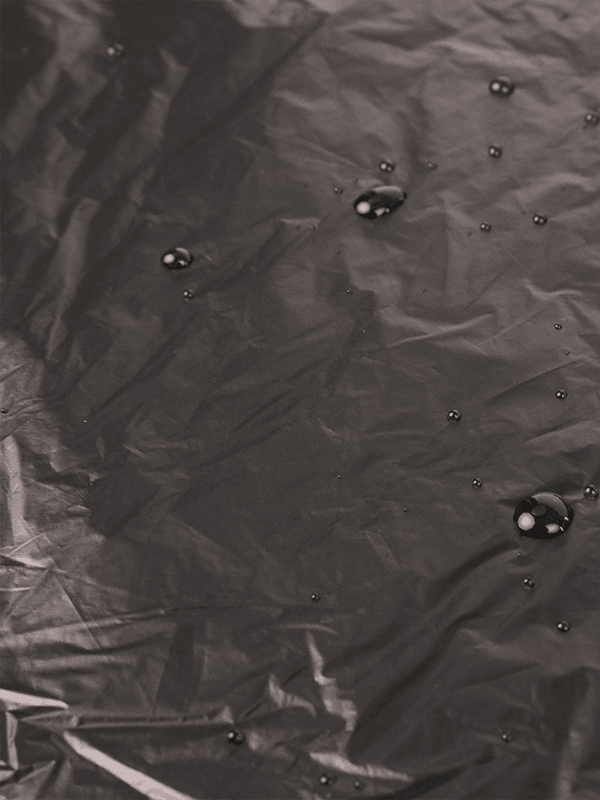TPU fabric effectively combines comfort, breathability, and environmental protection through its unique material properties and design features. Here's an in-depth look at how these aspects integrate:
TPU fabric is known for its soft hand feel and flexibility. This material is inherently elastic, allowing it to stretch and move with the body, which enhances overall comfort, particularly in activewear and outdoor gear. The softness also contributes to a pleasant tactile experience when worn against the skin.
While TPU itself has moderate thermal insulation properties, it can be engineered to include breathable components or layered with materials that help regulate temperature. This is particularly important in active applications where body heat and moisture management are essential for maintaining comfort.
TPU fabrics are typically lightweight, reducing the burden on the wearer. This quality is especially beneficial in applications such as sportswear, where mobility and ease of movement are crucial.
To enhance breathability, TPU fabrics can be designed with micro-porous structures that allow moisture vapor to escape while preventing water droplets from penetrating. This feature is essential for maintaining comfort during physical activities by reducing the buildup of sweat.
Many TPU fabrics are engineered with moisture-wicking properties, drawing sweat away from the body to the fabric surface, where it can evaporate. This function enhances comfort during exercise and helps prevent overheating.
TPU is often combined with other breathable materials, such as mesh or cotton, to improve airflow. These composite fabrics can balance the protective qualities of TPU with the need for ventilation, making them suitable for a wider range of conditions.
TPU fabric is known for its high durability and resistance to abrasion, tearing, and environmental factors such as UV light and chemicals. This longevity means that products made from TPU can have a longer lifespan, reducing the need for frequent replacements and minimizing environmental impact.

TPU is naturally water-resistant, making it suitable for outdoor and marine applications. This property helps protect wearers from wet conditions while keeping the environment safe from harmful chemicals often found in traditional waterproof materials.
Many TPU formulations are designed to be recyclable, which aligns with growing environmental concerns. By using TPU, manufacturers can create products that are not only functional but also contribute to a circular economy. This can significantly reduce the environmental footprint compared to single-use or non-recyclable materials.
TPU can be produced without the harmful solvents and chemicals often used in traditional fabric production. This eco-friendliness extends to the end-user, as the absence of harmful substances in the fabric contributes to a safer environment.
The combination of comfort, breathability, and environmental protection in TPU fabric makes it a versatile choice for a range of applications, from activewear to outdoor gear and industrial uses. By leveraging its unique material properties, TPU can provide a comfortable wearing experience while also meeting the demands of breathability and environmental sustainability. This multifaceted approach not only enhances user satisfaction but also contributes to a more sustainable future in fabric production and use. As advancements in textile technology continue, the potential for further improvements in these areas remains promising.

 中文简体
中文简体











